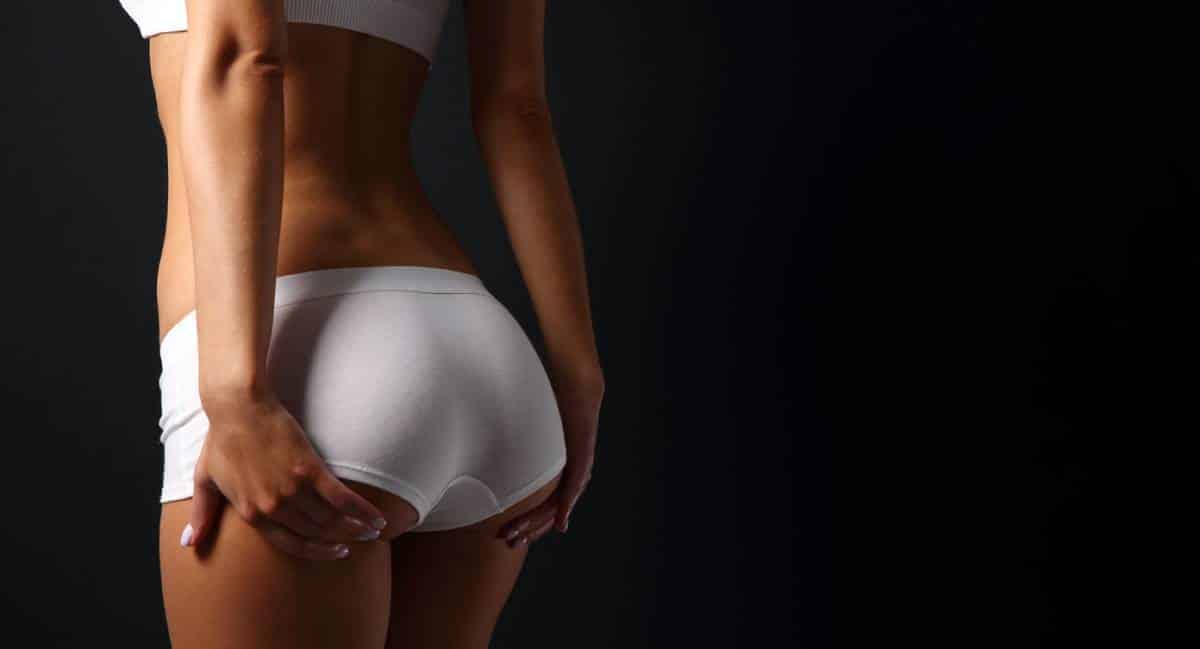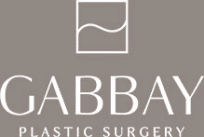Since hitting the market, alloClae injections have soared in popularity. Finally, patients have access to a nonsurgical body contouring and sculpting that uses a natural filler. However, many patients have noticed similarities to traditional fat transfer. Understandably, they want to compare the two options side by side. So, alloClae versus fat transfer: which is better?
AlloClae versus Fat Transfer: Which Is Better?
As with any cosmetic procedure, the answer is not black and white. What works for one patient may prove the wrong choice for another. “Better” is almost always subjective.
Both alloClae and fat transfer have unique benefits but also limitations. Fat transfer does some things alloClae cannot and vice-versa. Instead of declaring a winner, let’s dive into the advantages and limitations that characterize each treatment.
What Makes AlloClae Unique?
AlloClae has quickly become one of the standout procedures in cosmetic medicine.
Its efficacy, safety, and utilization of biotechnology all give it an edge for body sculpting.
- Efficacy: The filler formula is designed for sustained results. Using adipose cells and an extracellular matrix provides a stable structure within the body. This means you can see enhanced volume that lasts for years. While weight changes and aging can still influence the body, the new volume and contours should be with you for years.
- Safety: Tiger Aesthetics, the developers of alloClae, process the donor cells using a proprietary five-step program. This ensures that no living cells or DNA make it through the process. Either of these factors could lead to an immune response within the body. Instead, what remains is a highly stable scaffold that seamlessly integrates into your natural tissues.
- Biotechnology: This filler provides more than just initial benefits. It relies on natural growth factors, proteins, and collagen to biostimulate the body’s regenerative response. These encourage further improvements even after your treatment session.
Additional Benefits
- Rapid Results: Most patients can see volumizing effects from alloClae almost right away.
- No Downtime: With only a mild recovery period, alloClae avoids taking you away from your routine.
- Long-Lasting Results: Benefits can last for years (and years). In theory, the volume-boosting effects should be permanent.
- Versatile Use: Patients can use a single treatment modality to address multiple cosmetic concerns. Use alloClae to boost breast and buttocks volume and shape. Or use it to treat cellulite and hip dips.
AlloClae’s Limitations
- Milder Volume: AlloClae can provide notable volume boosts to the breasts or buttocks. However, the volume increase is more subtle with a focus on rounding out the body. Still, it can increase breast size by about 0.5 to 1 cup.
- Nonautologous Material: While the ingredients in the formula are natural, some patients prefer using their own tissues.
What Makes Fat Transfer Unique?
The biggest appeal of fat transfer for many patients is that it is 100% your own tissue. Many patients shy away from fillers made in a laboratory. While these fillers are proven to be safe, some simply want to remain natural. And there is nothing wrong with that.
Fat transfer takes donor tissue from the patient’s body. Then, we process that tissue to prepare it for injection. Once injected, it settles naturally among your other cells, providing very natural-looking results.
Core Benefits
- Slimming: Fat transfer can also slim other body areas via liposuction to harvest fat cells.
- Autologous: Fully self-derived for minimal risks of allergic reactions.
- Natural Looking: Since fat transfer uses your own tissue, results feel and look very natural.
- Impactful: Provides notable boosts to volume and shape for the breasts.
Fat Transfer’s Limitations
Despite its appeal, fat transfer has a few limitations that may make it less than ideal for some patients.
- BMI Restrictions: Patients without sufficient body fat will not be able to have the procedure.
- Fewer Applications: Fat transfer benefits are limited to the breasts, face, and buttocks. It is less useful for treating cellulite or pitted scarring.
- Multistep Process: The treatment involves two steps: harvesting the fat and then injecting it. This can take longer and involves more recovery.
AlloClae versus Fat Transfer: Which Option Is Right for Me?
Choosing between alloClae versus fat transfer may sound intimidating at first. But remember, you will have a specialist to walk you through each step of the process. Ideally, you will have a thorough consultation process that involves a full exam, discussion, and review of your medical history.
- Patients who want quick results and minimal downtime may want alleClae.
- Patients who prefer using their own tissue may want fat grafting.
Your plastic surgeon will provide detailed breakdowns of what options best suit your health, needs, and goals. Even if neither option is right for you, there can be alternatives that provide similar benefits.
The Premier alloClae Specialist
Dr. Gabbay is a top plastic surgeon working in Beverly Hills and one of the first providers of alloClae injections in the US. Call our office today to book your visit and discover nonsurgical body sculpting results that last.




